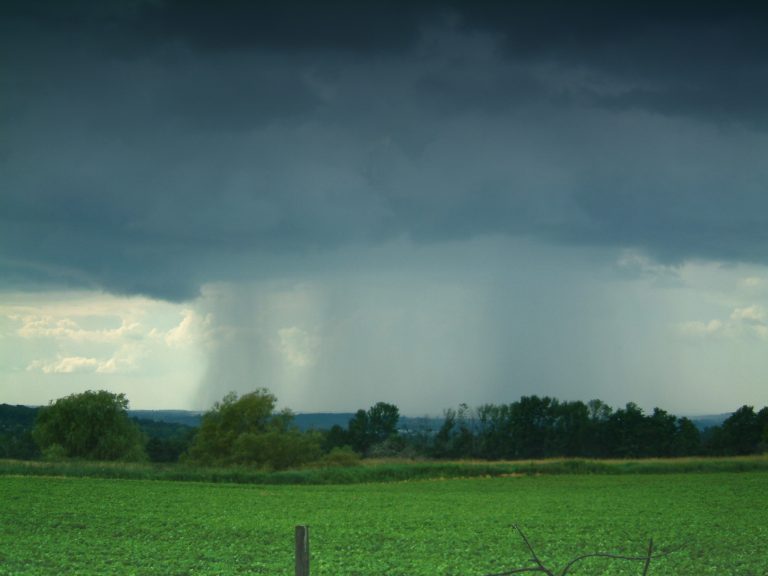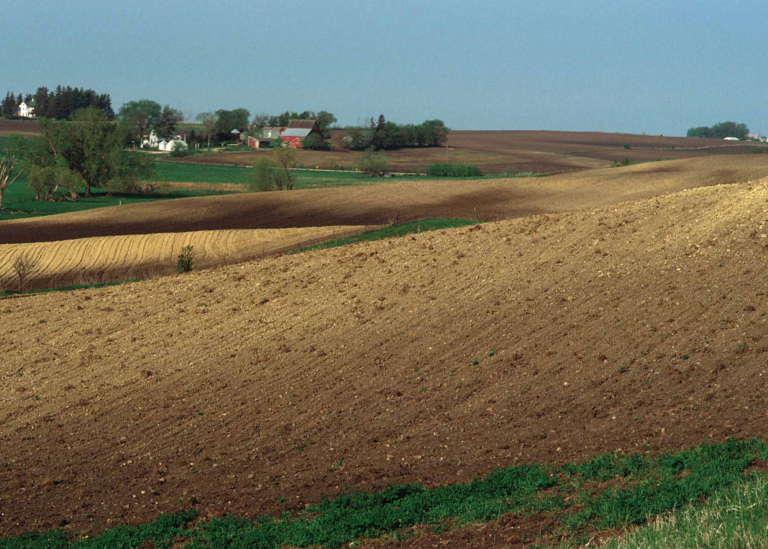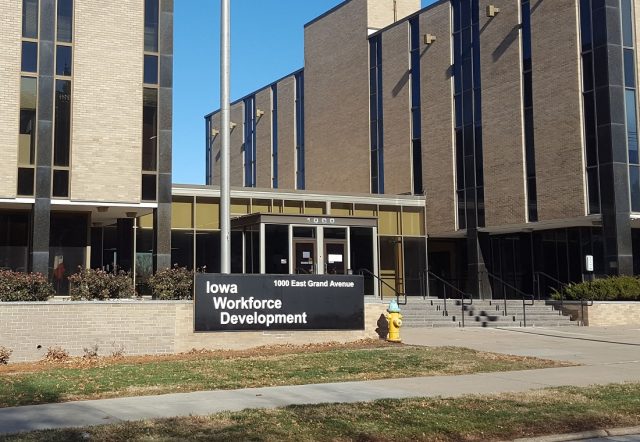IARN — This year’s harvest looks a little different than last year’s. Dry soil conditions will allow farmers to complete various tasks, such as seeding cover crops.
“Commercial and non-commercial field crops looked great, up until the August 10th derecho,” says Randy Luze, of Dysart.
“The earlier corn varieties were impacted more significantly than some of the later hybrids that were greener and growing. Seed corn was laid down flat,” Luze says. “Pickers picked a lot of it in one direction, and were able to exceed their expectations on what they thought the yield might be. We have about half of the seed corn yet to harvest. (It’s) about 40-percent moisture and they usually pick it in the mid-30s.”
Those harvested seed corn fields will soon turn green, as Luze applied cereal rye with a fertilizer application, a task he was unable to complete following last year’s harvest.
“We blended cereal rye with our fall fertilizer. That was spread last week, and we incorporated it with a vertical tillage disk, about two inches deep,” Luze says. “We incorporated 45 pounds of cereal rye per acre on those seed corn fields. We will do spot drilling on soybean acres, in areas that are more erodible, (at the) bottom of the watershed to try and control erosion a bit.”
Luze’s cover crop journey started with seed corn production, as he felt “it made a lot of sense.” He utilizes cost-share funding made available by the Iowa Seed Corn Cover Crop Initiative.
“It’s an easy place to start. We’ve had trials and tribulations over the years, primarily with timing of termination in the spring. I’ve had neighbors experiment with planting green (into) soybeans. I think we’ll try that on part of our acres next year and terminate most acres ahead of planting soybeans,” Luze says.
Luze encourages those interested in the practice to reach out to their neighbor(s) with cover crop experience, something he has found useful.
“We have people that are great innovators. Most of the time those people are more than willing to tell you about their trials and tribulations from their experience,” Luze says. “It does take a higher level of management in the spring to time your termination and have your equipment equipped to plant in that kind of residue.”
Story courtesy of the Iowa Agribusiness Radio Network.












